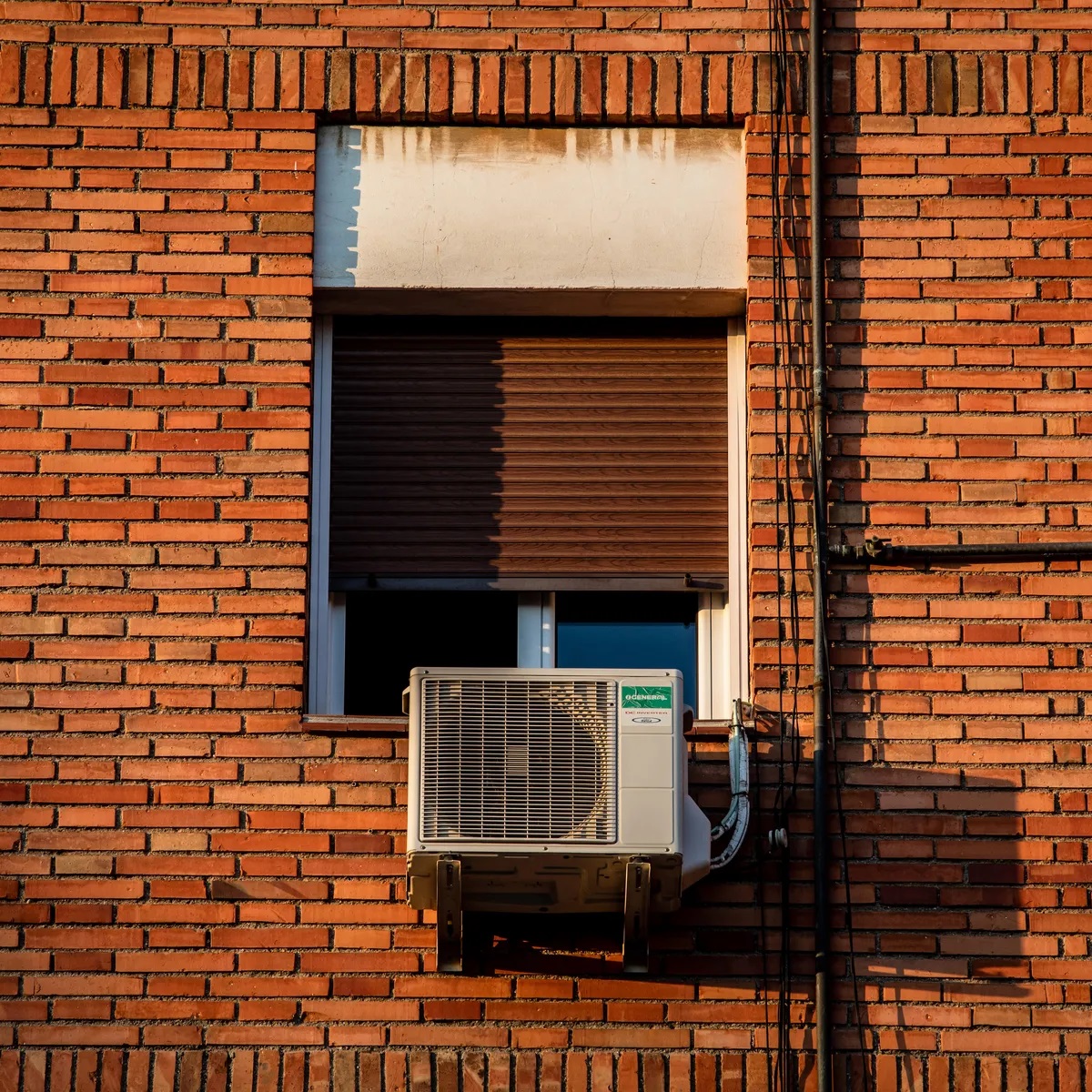

Articles
How Much Power Does A Window AC Use
Modified: February 26, 2024
Learn about the power consumption of window air conditioners in this informative article. Discover how much energy these units use and make informed decisions for your home.
(Many of the links in this article redirect to a specific reviewed product. Your purchase of these products through affiliate links helps to generate commission for Storables.com, at no extra cost. Learn more)
Introduction
Window air conditioners (AC) are a popular choice for cooling smaller spaces, such as individual rooms or studio apartments. They offer a convenient and cost-effective solution to beat the summer heat. However, one common concern among users is the amount of power consumed by these units and how it impacts their energy bills.
In this article, we will explore the factors that affect the power consumption of window AC units and provide insights into how to optimize their energy efficiency. By understanding these factors, you can make informed decisions about using window ACs and take steps to minimize their impact on your energy consumption.
Before we delve into the details, it’s essential to note that power consumption can vary depending on various factors, including the specific make and model of the window AC, the size of the room it is cooling, and personal usage patterns. However, by gaining a general understanding of the factors influencing power usage, you can get a better idea of what to expect when running a window AC.
Let’s begin by looking at the factors that affect the power consumption of window AC units.
Key Takeaways:
- Understanding the factors influencing power consumption of window ACs, such as size, EER rating, and maintenance, can help you make informed decisions to minimize energy usage and reduce your utility bills.
- Implementing energy-saving tips, such as proper sizing, temperature settings, and maintenance, can significantly reduce the power consumption of your window AC, leading to cost savings and a more sustainable cooling solution.
Read more: How Much Does A Window AC Unit Cost
Factors Affecting Power Consumption of Window ACs
Several factors influence the power consumption of window air conditioners. Understanding these factors can help you make more informed decisions and optimize the energy efficiency of your unit.
1. Size and BTU Capacity: The size of your window AC and its British Thermal Unit (BTU) capacity play a crucial role in determining its power consumption. A higher BTU unit is designed to cool larger spaces, but it may consume more power to operate efficiently. Choosing the right-sized AC for your room can help in minimizing energy consumption.
2. Energy Efficiency Ratio (EER) Rating: The EER rating indicates the energy efficiency of a window AC. A higher EER rating means that the unit can cool the room more efficiently, consuming less power. When shopping for a window AC, look for models with a higher EER rating to ensure better energy efficiency.
3. Climate and Ambient Temperature: The external temperature and humidity levels can impact the power consumption of your window AC. If you live in a region with a hot and humid climate, your AC may need to work harder to maintain a comfortable temperature, leading to increased power usage.
4. Insulation and Ventilation: The insulation of your room and the effectiveness of its ventilation can significantly influence the power consumption of your window AC. Poor insulation or lack of proper ventilation can lead to cool air escaping or external heat seeping into the room, requiring the AC to work harder and use more power.
5. Usage Patterns and Settings: Your personal usage patterns and the settings you choose for your window AC can impact its power consumption. For instance, setting the temperature lower than necessary or running the unit continuously can increase energy consumption. Opting for energy-saving modes and using timers can help optimize power usage.
6. Maintenance and Cleanliness: Regular maintenance and cleanliness of your window AC can contribute to its energy efficiency. Dirty filters and clogged coils can restrict airflow, forcing the unit to work harder and consume more power. Keeping the unit clean and performing routine maintenance tasks can help in reducing power consumption.
By considering these factors and making conscious choices, you can minimize the power consumption of your window AC and ensure efficient cooling while reducing your energy bills.
Understanding BTU and EER Ratings
When it comes to window air conditioners, two important ratings to consider are BTU and EER. Understanding these ratings can help you make an informed decision about the energy efficiency and cooling capacity of a unit.
BTU (British Thermal Unit): BTU is a measurement of the cooling capacity of an air conditioner. It indicates how much heat can be removed from a room per hour. The higher the BTU rating, the greater the cooling power of the unit. However, it’s important to choose a window AC with an appropriate BTU capacity for your room size. Too high of a BTU may result in excessive power consumption, while too low of a BTU may not effectively cool the room.
EER (Energy Efficiency Ratio): EER is a measure of how efficiently an air conditioner uses electricity. It is calculated by dividing the cooling capacity (in BTUs) by the power input (in watts). A higher EER rating signifies better energy efficiency, as the unit can cool the room using less energy. Window ACs with higher EER ratings are generally more expensive but can save you money in the long run by reducing energy consumption and lowering your utility bills.
When comparing different window AC models, it’s important to consider the specific needs of your space. A unit with a higher BTU rating may cool a larger area, but if you’re using it in a small room, it may cycle on and off frequently, leading to inefficient cooling and higher energy consumption. On the other hand, a unit with a lower BTU rating may struggle to cool a larger space and consume more energy while running continuously.
Similarly, the EER rating is essential for evaluating the energy efficiency of a unit. It gives you an idea of how effectively the window AC converts electricity into cooling power. By choosing a unit with a higher EER rating, you can save energy and reduce your carbon footprint.
When shopping for a window AC, look for models with the Energy Star label. These units meet strict energy efficiency standards set by the Environmental Protection Agency, ensuring that they deliver optimal performance while minimizing power consumption.
By understanding and considering the BTU and EER ratings of window AC units, you can select a model that meets your cooling needs while providing efficient and cost-effective operation.
Average Power Consumption of Window ACs
The power consumption of a window air conditioner can vary depending on several factors, including its size, energy efficiency, usage patterns, and environmental conditions. However, we can provide a general idea of the average power consumption of these units to help you understand their energy requirements.
Window ACs typically consume between 500 to 1500 watts of power when running. However, this consumption is not constant throughout the cooling cycle. During the startup phase, the AC may consume a higher amount of power to initiate the compressor and cool the room quickly. Once the desired temperature is reached, the power consumption decreases as the AC maintains the cooling level.
On average, a typical window AC with a cooling capacity of 8,000 to 12,000 BTU may consume around 900 to 1,200 watts of power per hour of operation. However, this can vary depending on the specific make and model of the unit, as well as factors such as the temperature set, humidity levels, and insulation of the room.
It’s important to note that the power consumption mentioned is for the cooling function only. Some window ACs come with additional features, such as fan modes, dehumidifiers, and heating capabilities. These additional functions may consume additional power when activated.
To give you a rough estimate of the energy usage of a window AC, consider the following example. Let’s say you use a 10,000 BTU window AC for 8 hours a day in a hot and humid climate. Assuming an average power consumption of 1,000 watts per hour, the AC would consume approximately 8,000 watt-hours (or 8 kilowatt-hours) of electricity per day.
Keep in mind that this is a simplified calculation and actual power consumption may vary based on individual usage patterns and environmental conditions. It’s always recommended to refer to the manufacturer’s specifications and energy ratings for accurate information about power consumption.
Understanding the average power consumption of window ACs allows you to estimate their impact on your energy bills and make informed decisions about their usage and energy optimization.
Consider using a programmable thermostat to set the AC to a higher temperature when you’re not home, which can help reduce energy consumption and save money on your electricity bill.
Factors That Impact Power Usage
The power usage of a window air conditioner can be influenced by various factors. Understanding these factors can help you optimize the energy efficiency of your unit and minimize power consumption. Let’s explore some of the key factors that impact power usage:
1. Temperature Settings: The temperature setting on your window AC directly affects its power usage. Lowering the temperature setting results in the unit working harder and consuming more power. Setting the thermostat at a comfortable but slightly higher temperature can help reduce power consumption without compromising on cooling comfort.
2. Duration and Frequency of Use: How long and how often you run your window AC can significantly impact its power usage. Running the AC for longer durations or keeping it on continuously consumes more energy. Consider using timers or smart thermostats to schedule the operation of your window AC to align with your cooling needs and optimize energy usage.
3. Cooling Load: The cooling load refers to the amount of heat that needs to be removed from a room to maintain a comfortable temperature. Factors such as room size, insulation, number of occupants, and heat-generating appliances affect the cooling load. Larger rooms or spaces with poor insulation will require the window AC to work harder and use more power to cool the area.
4. External Environmental Conditions: The external ambient temperature and humidity levels impact the performance and power usage of a window AC. Hotter and more humid climates require the AC to work harder to achieve the desired cooling, resulting in increased power consumption.
5. Airflow and Ventilation: Proper airflow and ventilation in the room can help your window AC operate more efficiently. Ensure that the air filters are clean and unclogged to maintain good airflow. Clear the area around the AC unit to allow unrestricted air circulation. Additionally, proper room ventilation helps remove stale air and reduce the strain on the AC, resulting in lower power usage.
6. Maintenance and Inspections: Regular maintenance and inspections of your window AC can improve its energy efficiency and reduce power usage. Clean or replace air filters regularly to ensure the smooth flow of air. Have a professional inspect the unit for any issues or leaks that may affect its performance. A well-maintained AC operates more efficiently and consumes less power.
7. Energy-Saving Features: Many window AC models come with energy-saving features and modes that can help reduce power usage. Look for units with programmable timers, sleep modes, or energy-saving settings. These features can optimize cooling performance while minimizing energy consumption.
By considering and addressing these factors, you can ensure that your window AC operates efficiently, conserves energy, and reduces power usage, resulting in lower energy bills and a more sustainable cooling solution.
Read more: How Much Energy Does A Portable AC Use
Tips to Reduce Power Consumption of Window ACs
Window air conditioners are convenient for cooling individual rooms or small spaces. However, they can consume significant amounts of power, leading to higher energy bills. By implementing the following tips, you can reduce the power consumption of your window AC and increase its energy efficiency:
1. Properly Size Your AC: Ensure that you choose a window AC with the appropriate capacity (BTU) for the room you intend to cool. A unit that is too large for the space will cycle on and off frequently, wasting energy. Similarly, an undersized unit will run continuously, consuming excess power without effectively cooling the room.
2. Set the Temperature Wisely: Adjust the temperature setting to a comfortable yet energy-efficient level. Every degree lower can significantly increase power consumption. Consider using a programmable thermostat to automatically adjust the temperature based on your cooling needs and schedule.
3. Use Energy-Saving Modes and Features: Many window AC models offer energy-saving modes that help optimize power usage. These modes vary depending on the unit but often include options like “Eco,” “Energy Saver,” or “Power Save.” Enable these settings to reduce the AC’s energy consumption.
4. Utilize Timers and Smart Controls: Take advantage of built-in timers or invest in smart thermostats to schedule the operation of your window AC. This allows you to cool the room only when needed, reducing unnecessary power usage during times when the room is unoccupied.
5. Improve Insulation and Weather Stripping: Proper insulation of the room can minimize heat transfer and reduce the workload on the window AC. Ensure that doors and windows are properly sealed with weather stripping to prevent warm air from entering and cool air from escaping.
6. Optimize Room Ventilation: Good airflow and ventilation can help the window AC operate more efficiently. Keep furniture and other obstructions away from the unit to allow for proper air circulation. Improving overall room ventilation can reduce reliance on the AC and further decrease power consumption.
7. Regularly Clean and Maintain Your AC: Dirt and dust accumulation can restrict airflow and hinder the AC’s performance, leading to increased power usage. Clean or replace air filters regularly and keep the unit and its components clean. Schedule professional maintenance to ensure optimal functioning and energy efficiency.
8. Close Curtains or Use Window Coverings: During the day, close curtains, blinds, or use window coverings to block out direct sunlight. This helps prevent excess heat from entering the room, easing the workload on your window AC and reducing power consumption.
9. Consider Using Fans: Supplement your window AC with ceiling fans or portable fans to improve air circulation. Fans create a breeze that can make you feel cooler, allowing you to set the AC at a higher temperature and consume less power.
10. Be Mindful of Other Heat-Generating Appliances: Appliances such as ovens, stoves, and dryers generate heat that can increase the cooling load on your window AC. Minimize the use of these appliances during the hottest parts of the day to lower power consumption.
By implementing these tips, you can effectively reduce the power consumption of your window AC, lower your energy bills, and contribute to a more sustainable and efficient cooling solution.
Conclusion
Window air conditioners are popular choices for cooling individual rooms or small spaces. While these units provide relief from the summer heat, they can consume significant amounts of power. By understanding the factors that impact power consumption and implementing energy-saving strategies, you can optimize the efficiency of your window AC and reduce its impact on your energy bills.
We discussed several factors that affect the power consumption of window ACs, such as size and BTU capacity, EER rating, climate, insulation, usage patterns, and maintenance. Considering these factors when choosing and operating your window AC can help you make informed decisions and maximize energy efficiency.
It’s important to note that the average power consumption of window ACs can vary depending on factors such as size, usage patterns, and environmental conditions. However, by following some general guidelines, you can estimate the energy usage of your unit and make adjustments to minimize power consumption.
We provided tips to reduce power consumption, including properly sizing your AC, setting optimal temperatures, utilizing energy-saving modes and timers, improving insulation and ventilation, maintaining your unit, and being mindful of other heat-generating appliances. By implementing these tips, you can significantly reduce power usage and make your cooling system more energy-efficient.
Reducing the power consumption of your window AC not only helps you save on energy bills but also contributes to a more sustainable environment by reducing your carbon footprint. It’s important to strike a balance between comfort and energy efficiency, finding the optimal settings and usage patterns that keep you cool while minimizing power usage.
In conclusion, understanding the factors that impact power consumption, knowing the importance of BTU and EER ratings, and implementing energy-saving strategies will help you make the most of your window AC. By making conscious choices and adopting energy-efficient practices, you can maximize comfort, save money, and contribute to a greener future.
Frequently Asked Questions about How Much Power Does A Window AC Use
Was this page helpful?
At Storables.com, we guarantee accurate and reliable information. Our content, validated by Expert Board Contributors, is crafted following stringent Editorial Policies. We're committed to providing you with well-researched, expert-backed insights for all your informational needs.

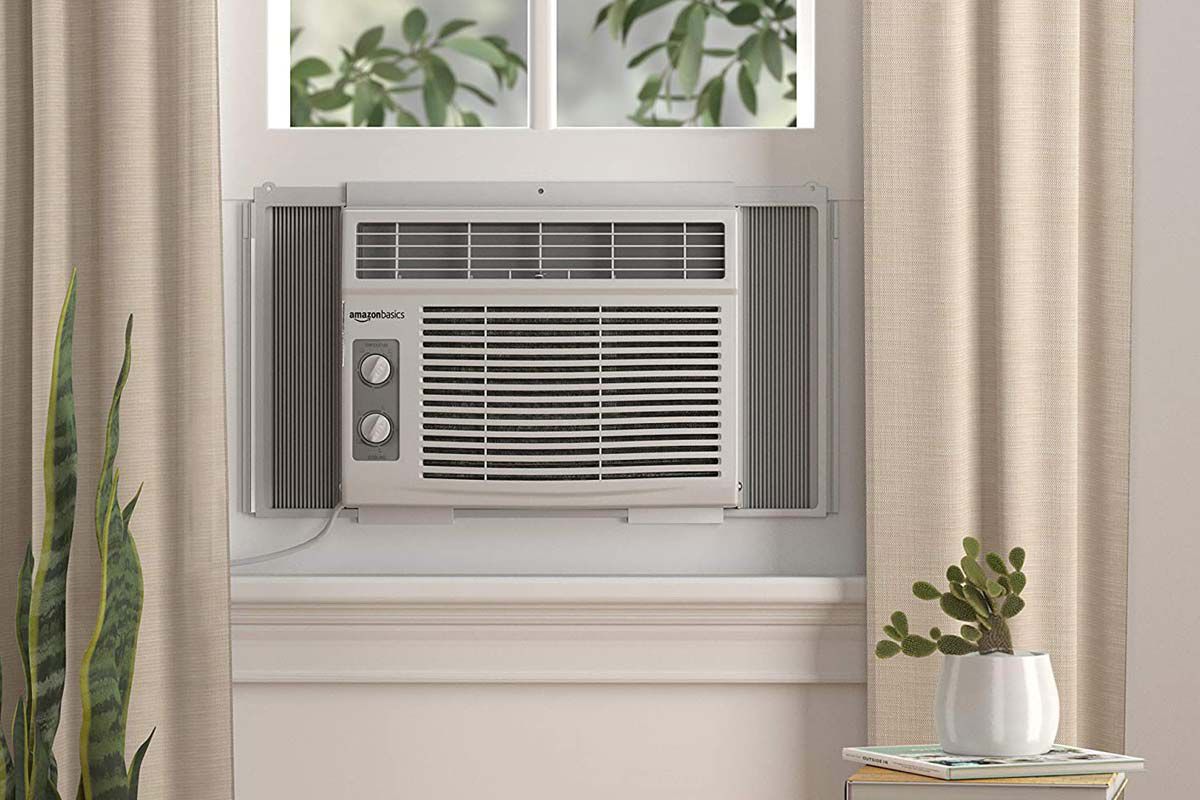
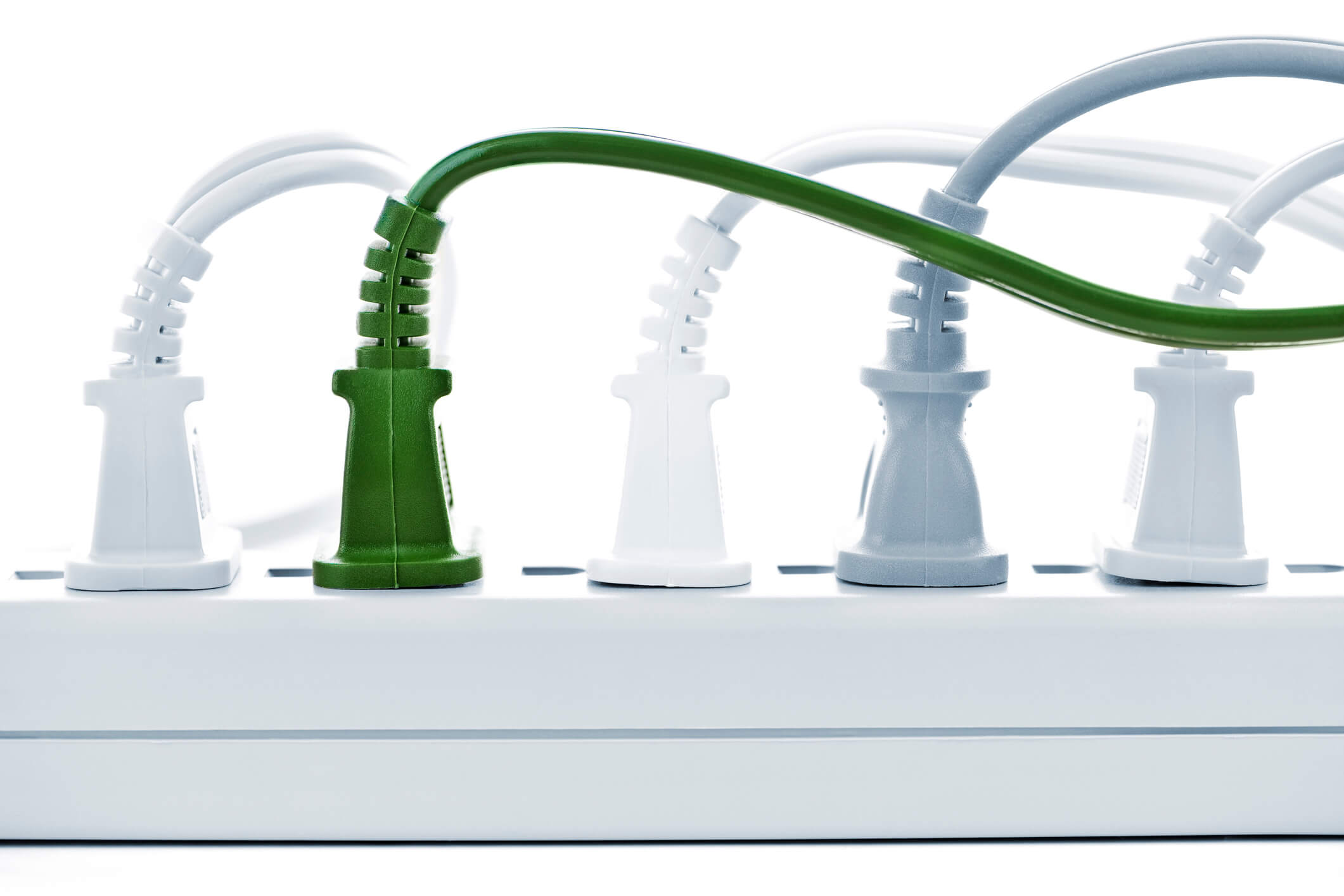
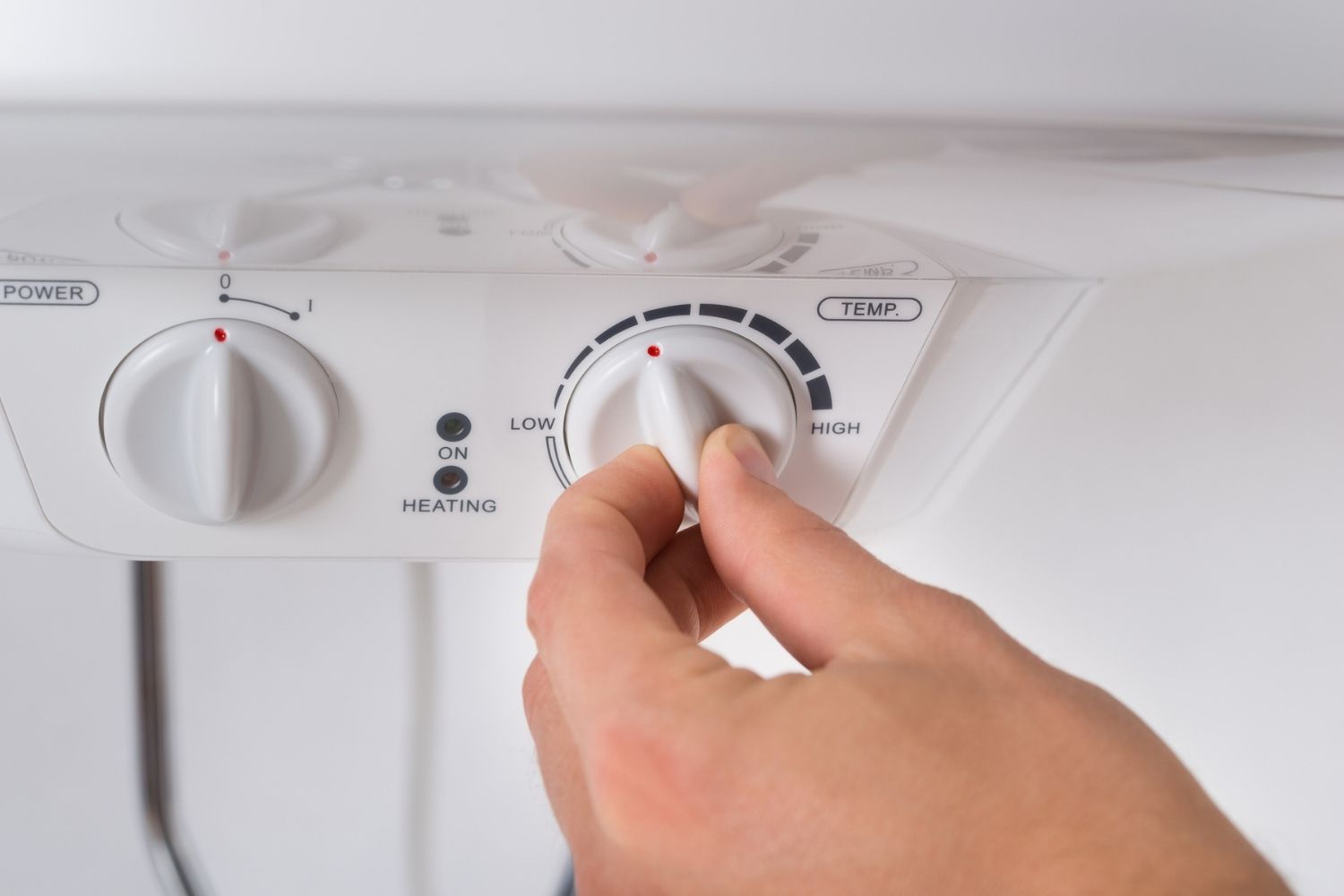
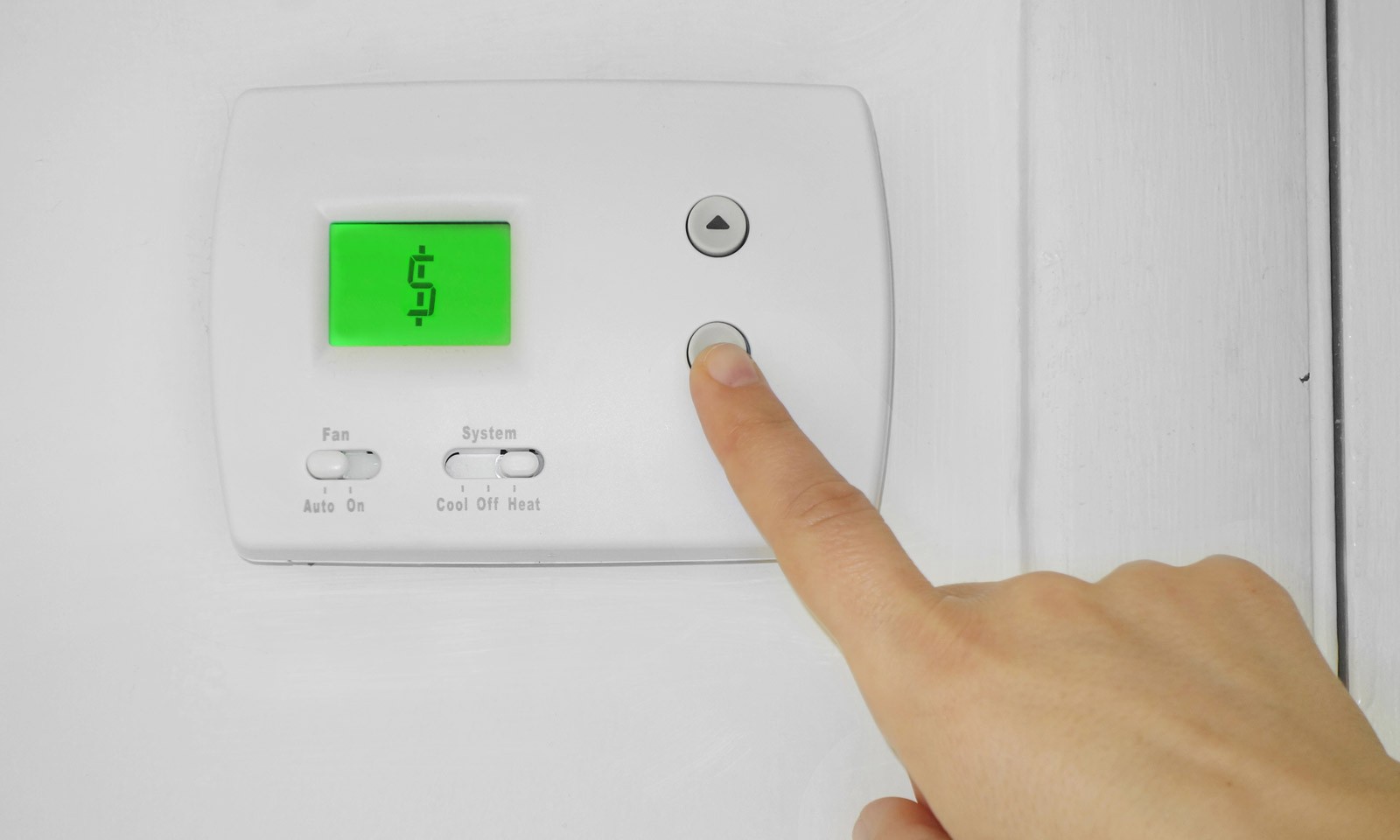
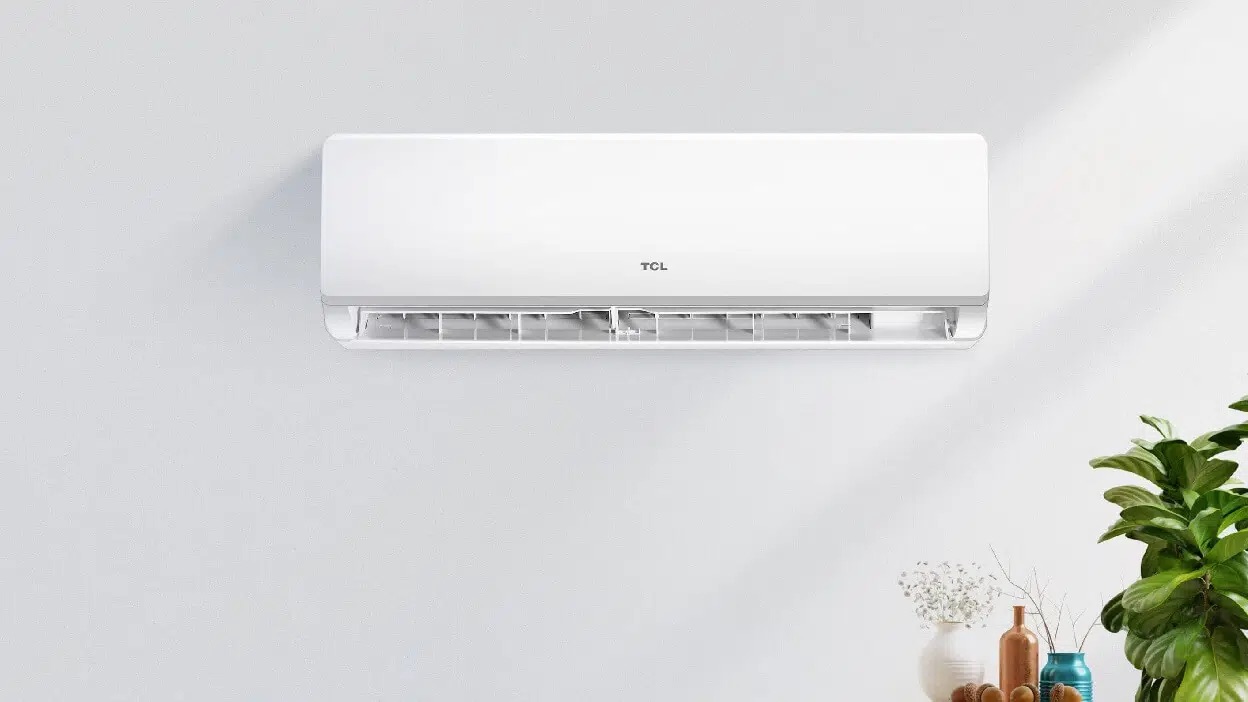

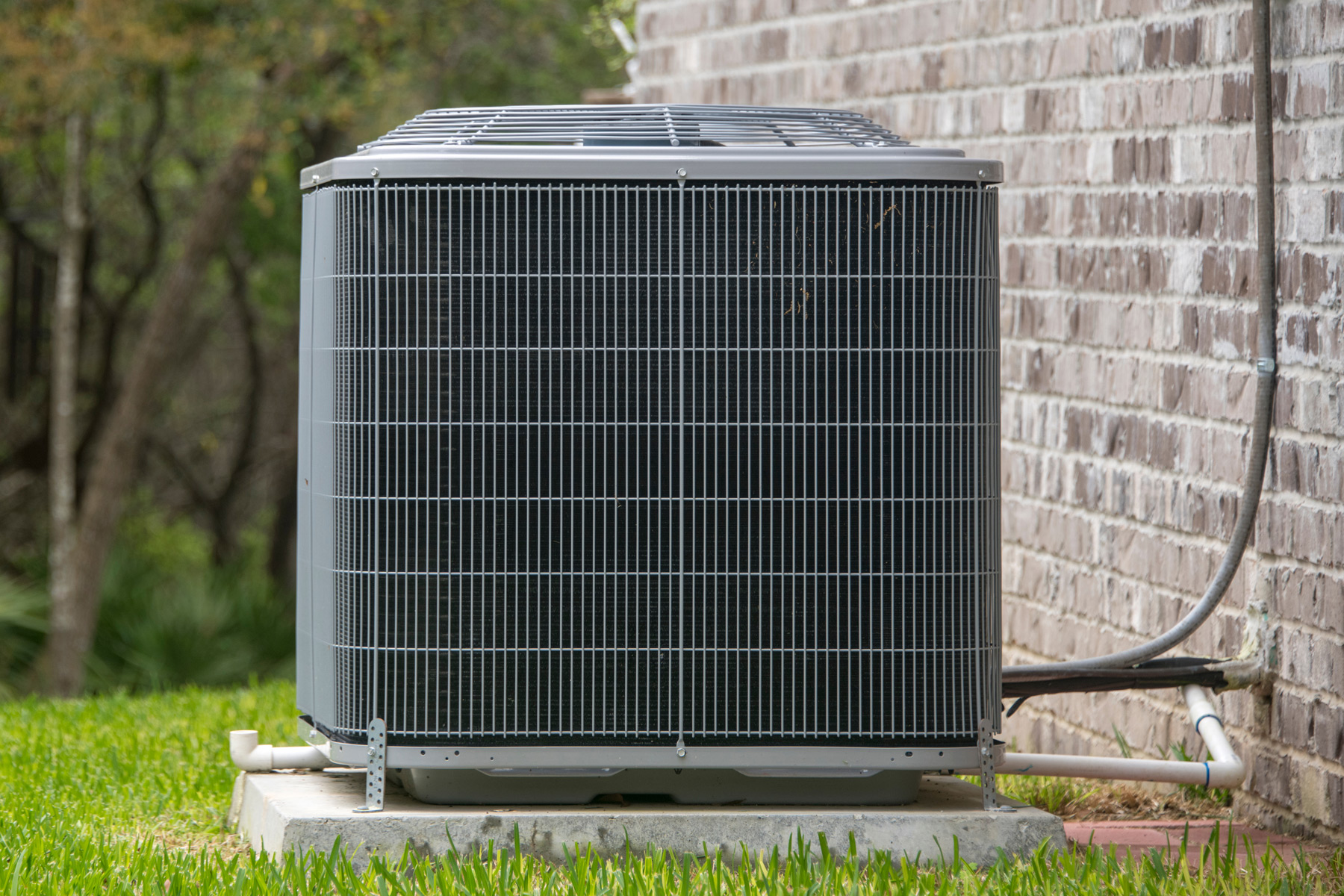
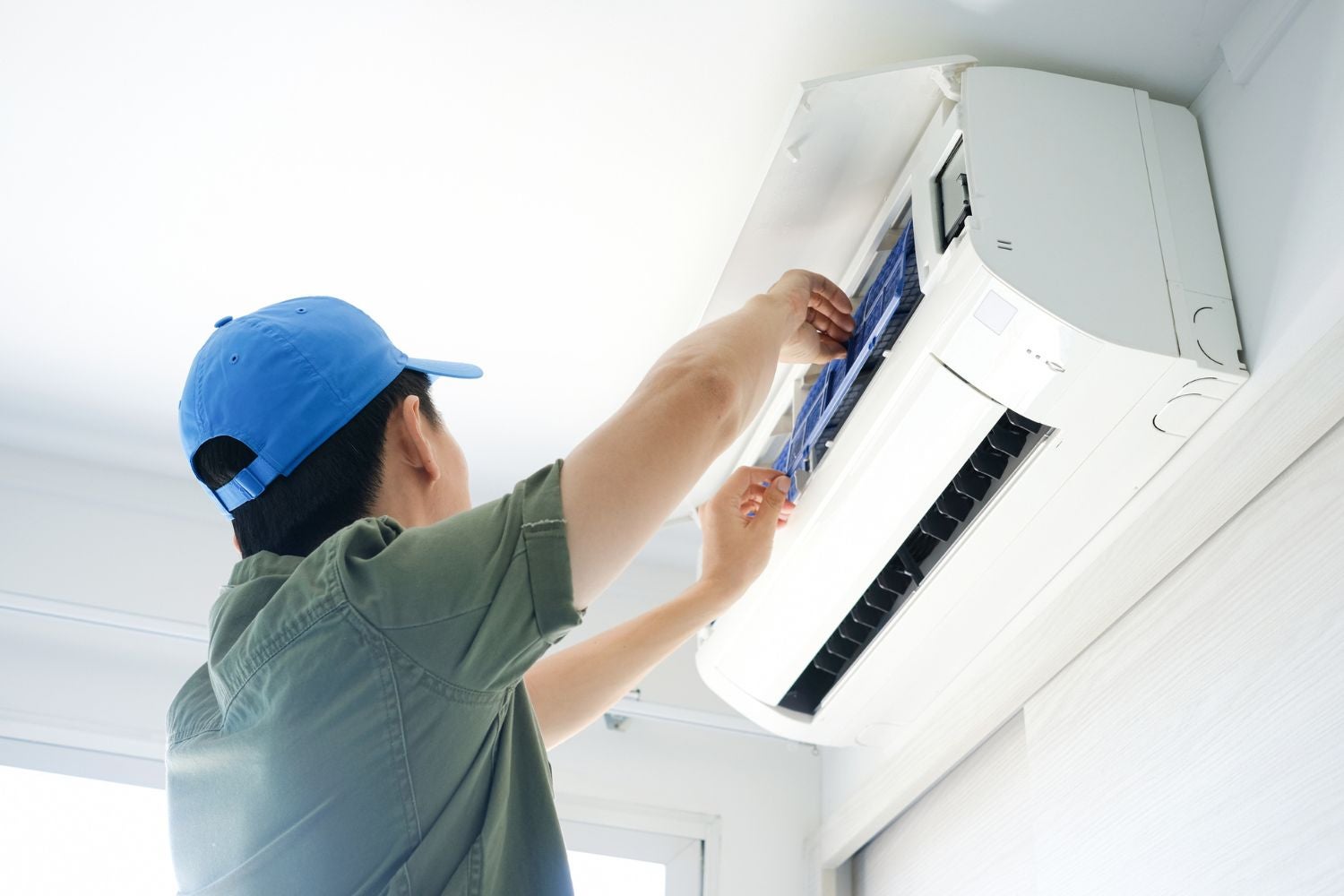
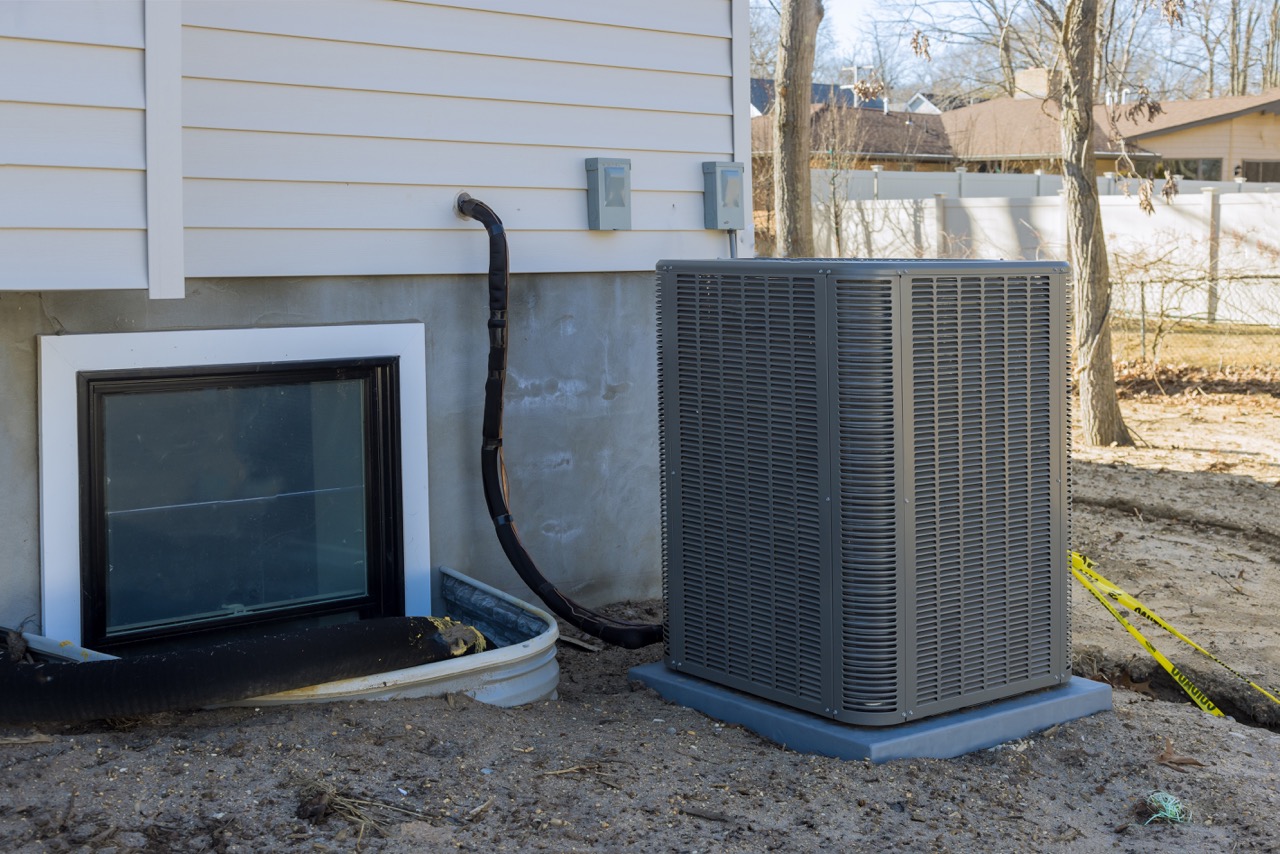
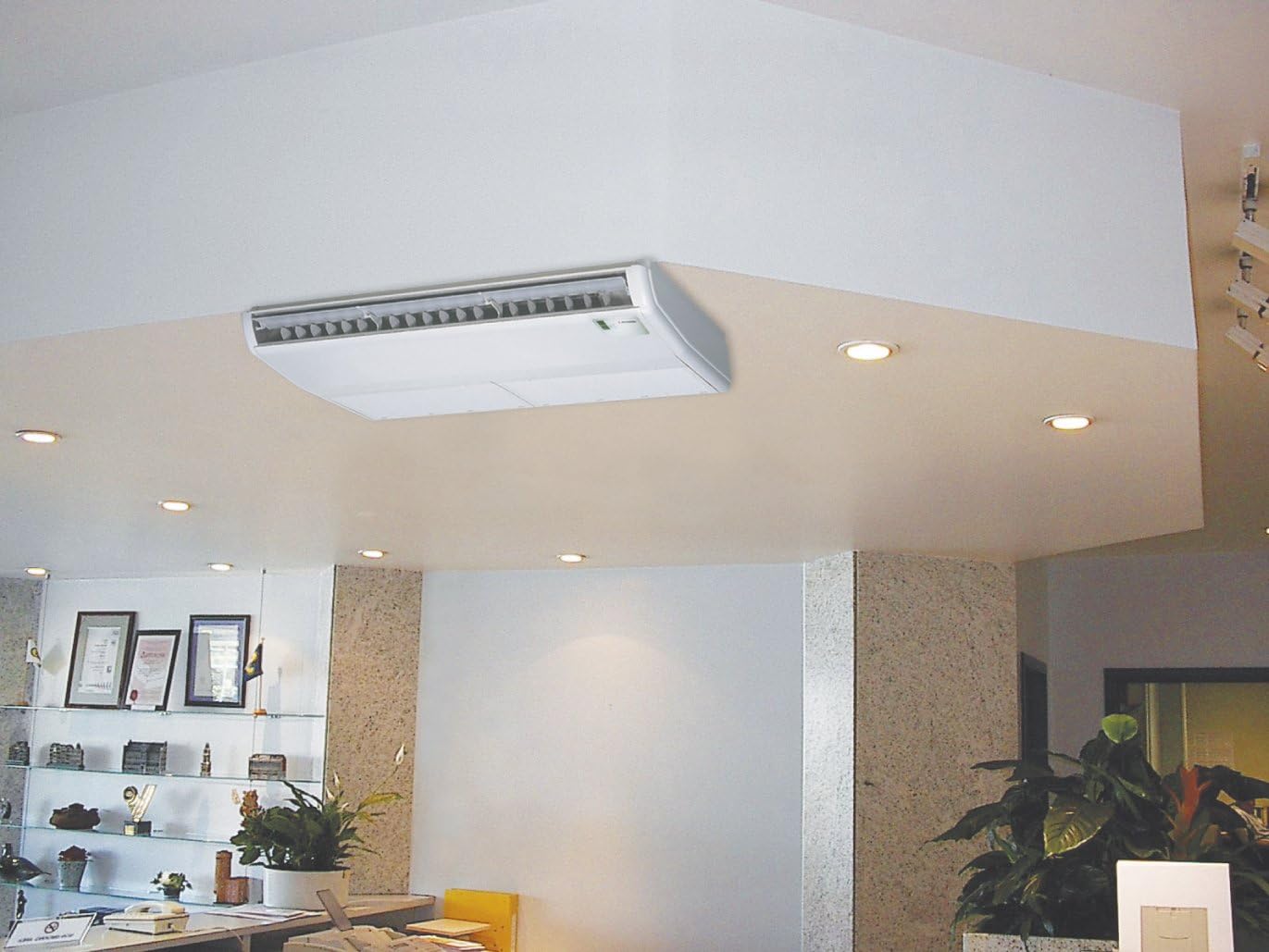
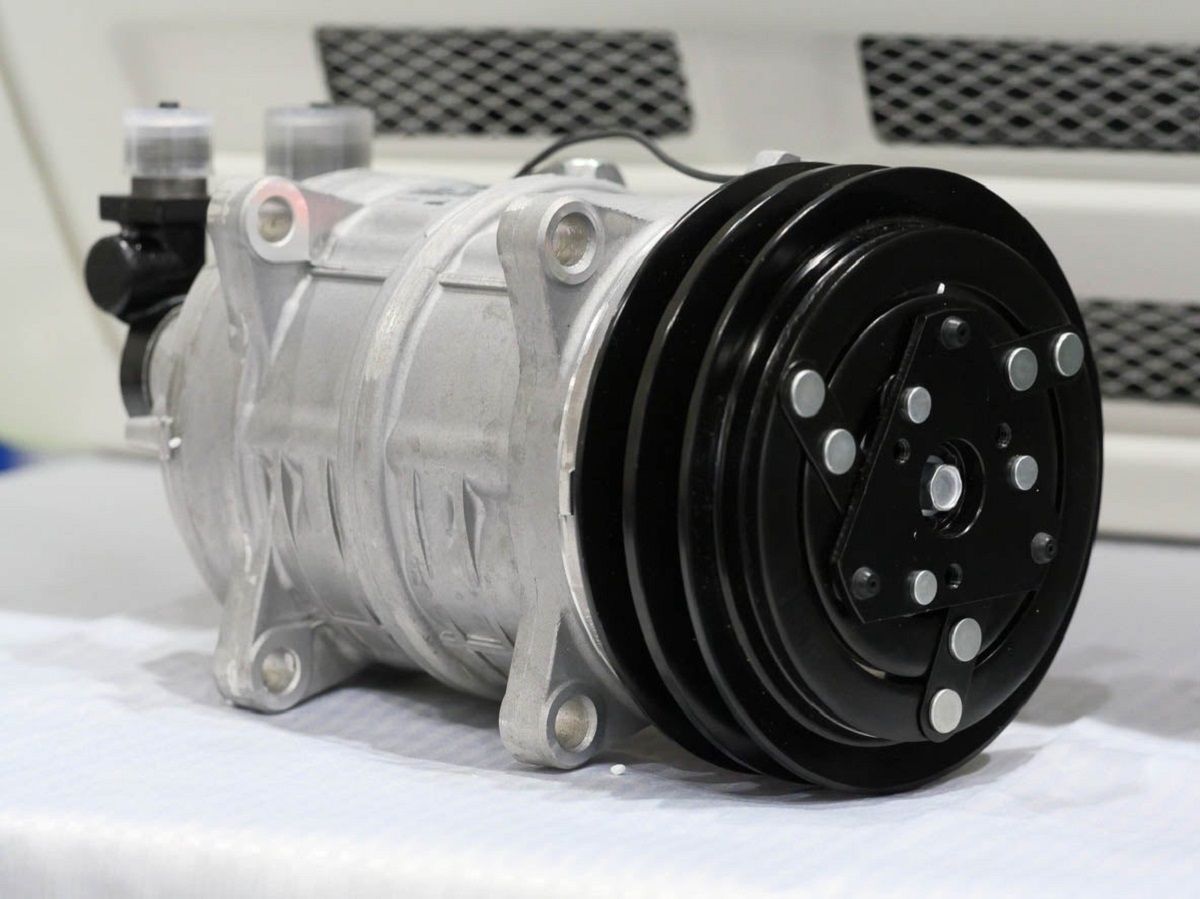
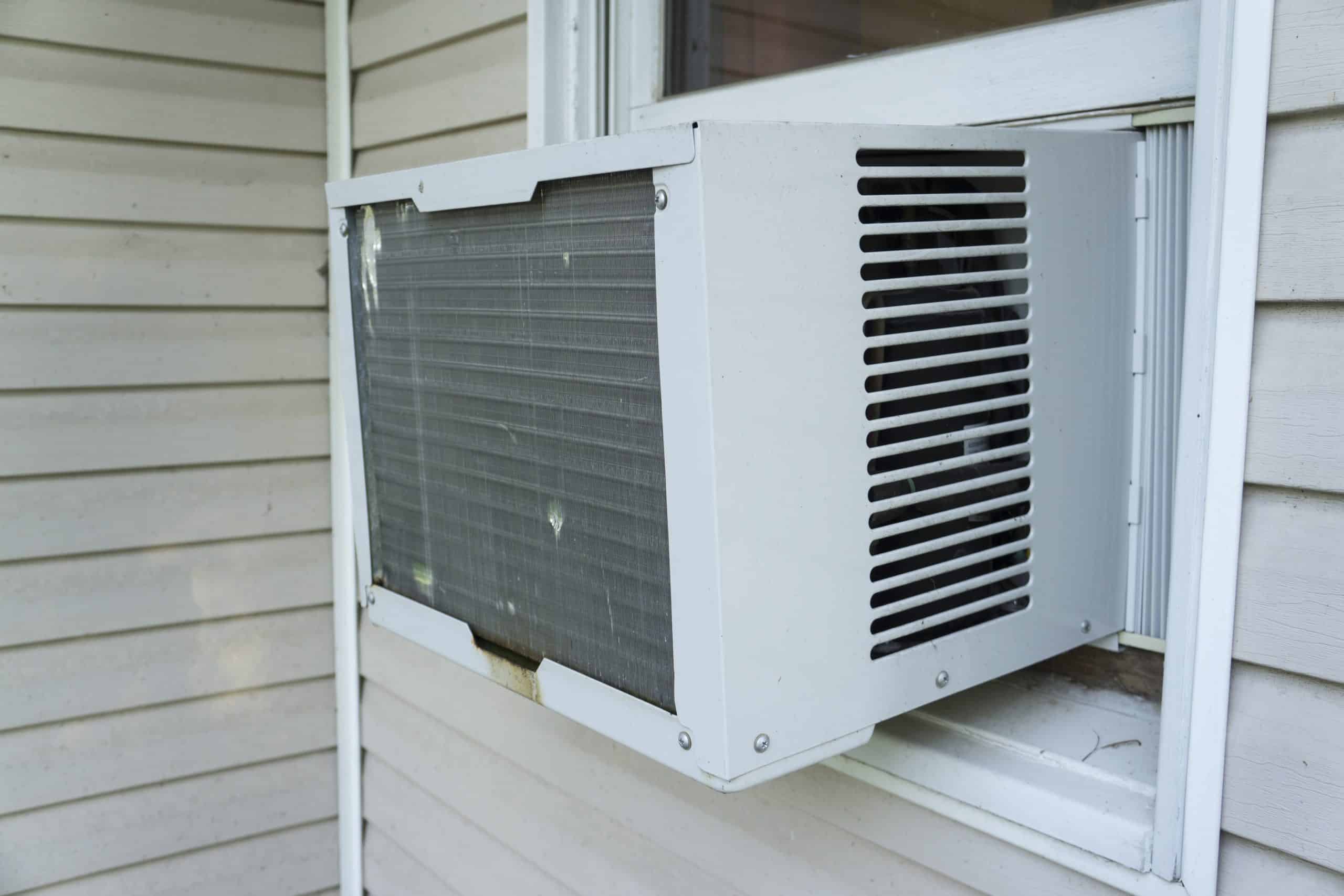
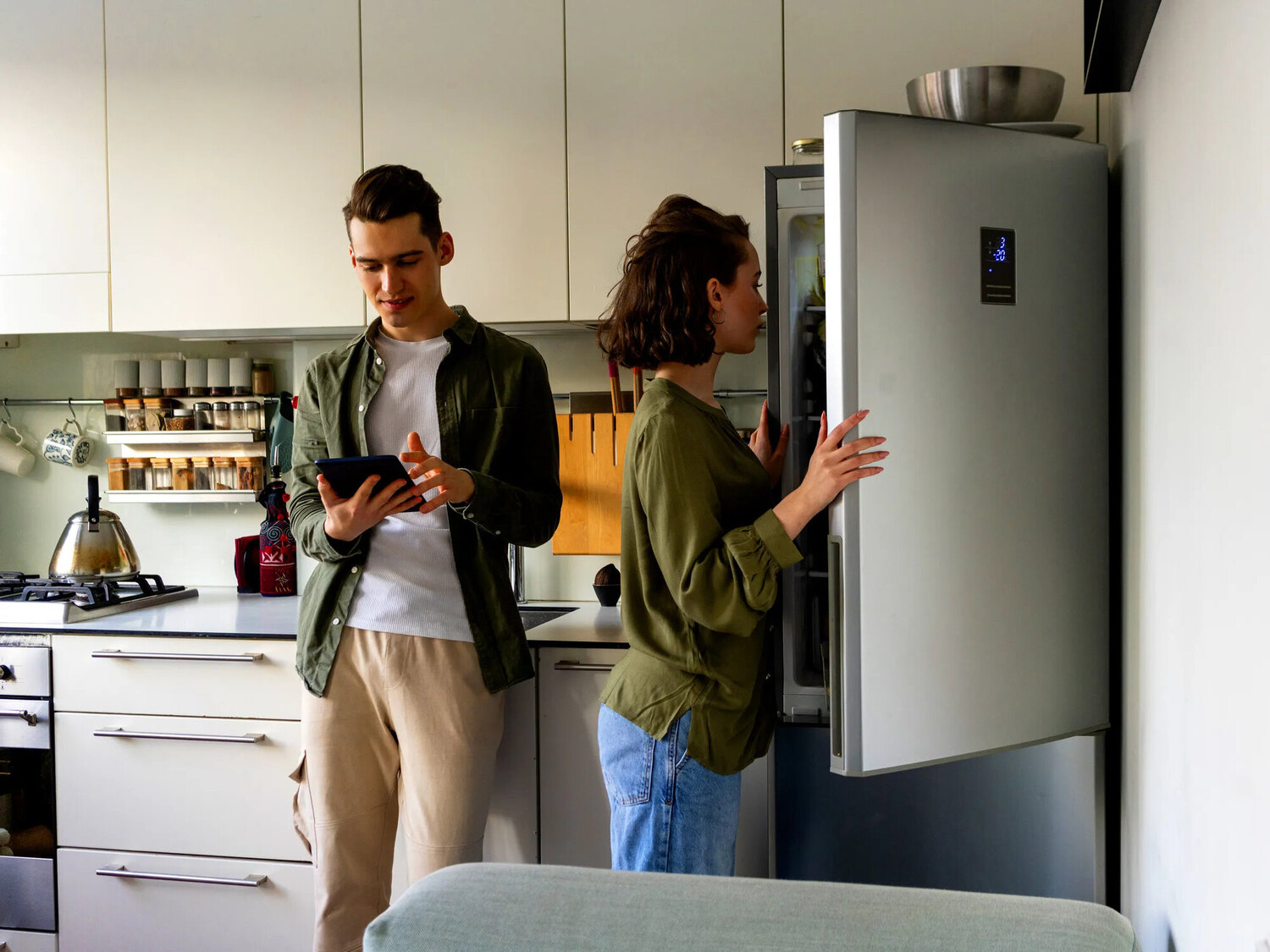

0 thoughts on “How Much Power Does A Window AC Use”